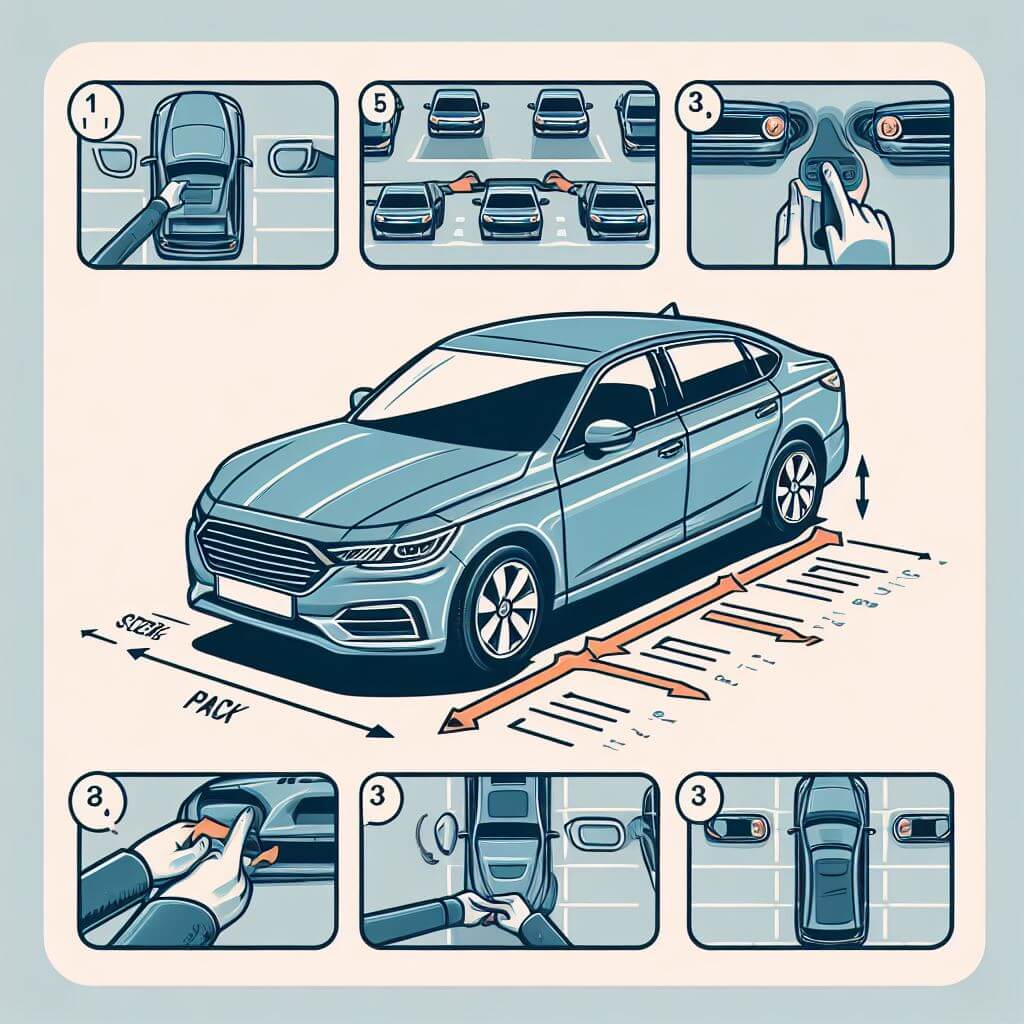A Comprehensive Guide on How to Effectively Park a Car in a Parking Space

Parking a car may seem like a straightforward task, but it can often lead to frustration, especially in crowded parking lots or when dealing with limited space. However, with the right knowledge and techniques, anyone can master the art of parking a car seamlessly. In this comprehensive guide, we will explore step-by-step instructions and essential tips to help you become a parking pro. Let’s dive in!
Contents
1. Assessing the Parking Space
Before attempting to park, it is crucial to evaluate the parking space and consider its size, obstacles, and surroundings. Look for any signs indicating parking rules and regulations, as well as any potential hazards that might affect your parking technique.
2. Proper Positioning and Angle
Align your vehicle parallel to the car you want to park behind. Maintain at least two car lengths behind that parked car to give yourself enough room to maneuver. Depending on your choice of parking technique (perpendicular, parallel, or angle parking), adjust your car’s angle accordingly.
3. Parallel Parking Technique
a. Begin by positioning your car parallel to the one in front of the desired parking space. Ensure that your rear bumpers are aligned.
b. Signal your intention to park and slowly reverse your car to a 45-degree angle.
c. Turn your steering wheel fully towards the curb, and continue reversing until your car is roughly parallel to the curb.
d. Straighten the steering wheel and slowly move back, adjusting your car position if necessary. Leave a safe distance between parked cars.
4. Perpendicular Parking Technique
a. Choose a parking space that allows ample room for maneuvering.
b. While approaching the parking space, align your car parallel to the parking slot.
c. Gradually steer your vehicle towards the center of the parking space.
d. Once inside the spot, make sure your vehicle is evenly positioned within the designated lines.
5. Angle Parking Technique
a. Find an angle parking space and ensure it offers enough space for your vehicle.
b. As you approach the parking space, align your car parallel to the neighboring lines.
c. Turn the steering wheel gently to begin angling into the space, ensuring your vehicle remains centered.
d. Once inside the parking spot, adjust the position if necessary, leaving enough room for neighboring vehicles.
6. Getting into and out of a Parking Space
a. Prioritize safety by using your mirrors and checking blind spots before maneuvering.
b. When exiting a parking space, signal your intentions and carefully assess the surroundings.
c. For parallel parking, gradually exit the space by using a three-point turn if needed.
d. For perpendicular and angle parking, slowly back out while maintaining awareness of incoming traffic.
7. Parking Tips and Techniques
- Utilize visual aids, such as parking sensors or rearview cameras, to assist you while parking.
- Familiarize yourself with your car’s dimensions and turning radius to better understand your positioning within the parking space.
- Regularly practice your parking skills in various environments to boost your confidence and precision.
- Take note of any particular rules or regulations specific to the parking area you are using.
- Be patient and avoid rushing while parking, especially in congested areas.
Parking a car in a parking space effectively requires a combination of practice, patience, and awareness of your surroundings. Whether you’re parallel, perpendicular, or angle parking, following these step-by-step instructions and employing the recommended tips will significantly enhance your parking abilities. Remember, mastering this valuable skill not only ensures your safety but also contributes to a smooth traffic flow and a positive parking experience for everyone. So, go ahead, put these tips into practice, and become a parking pro!


